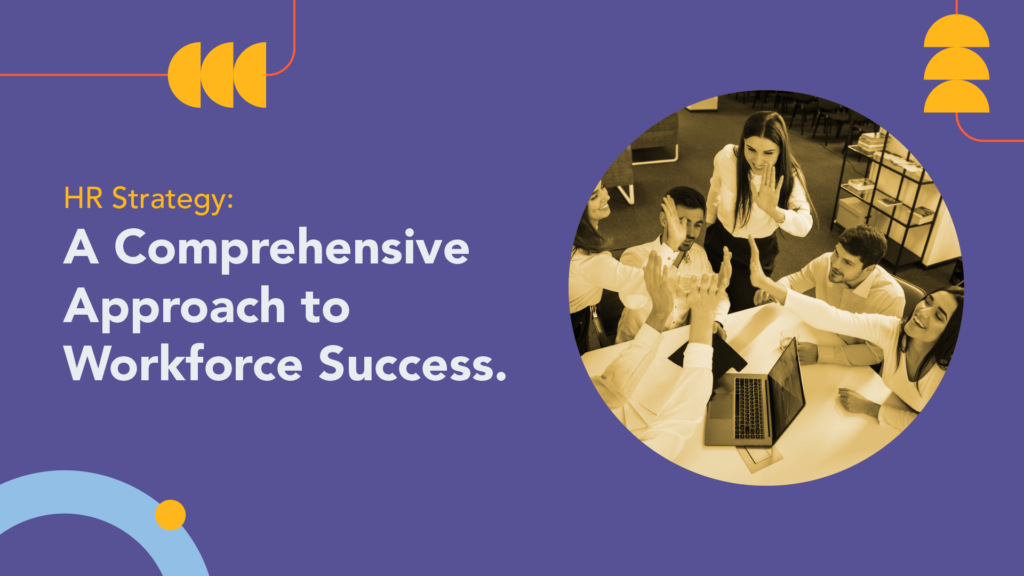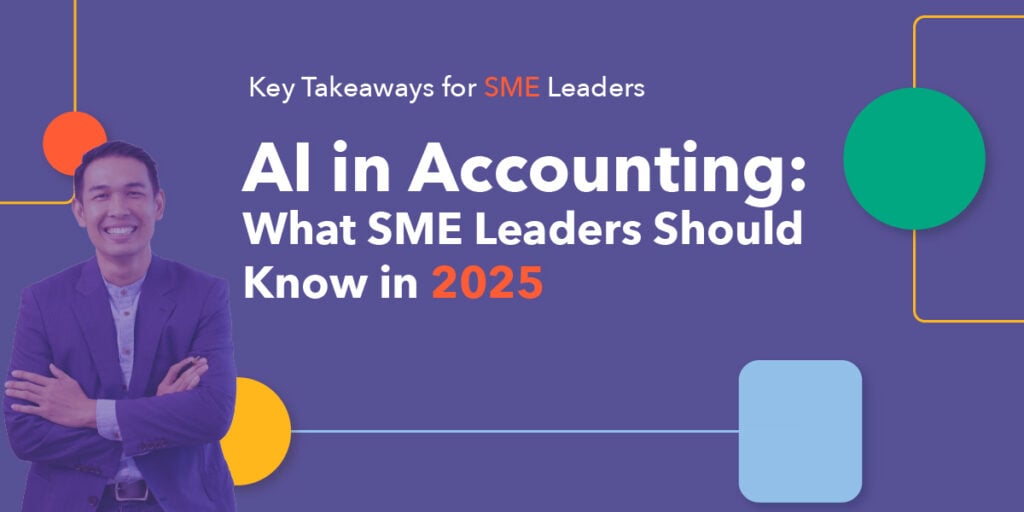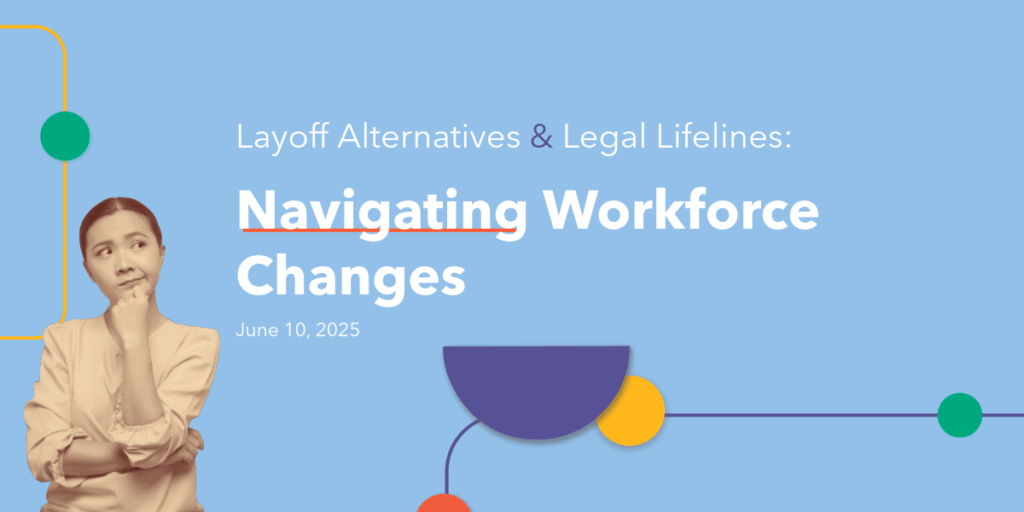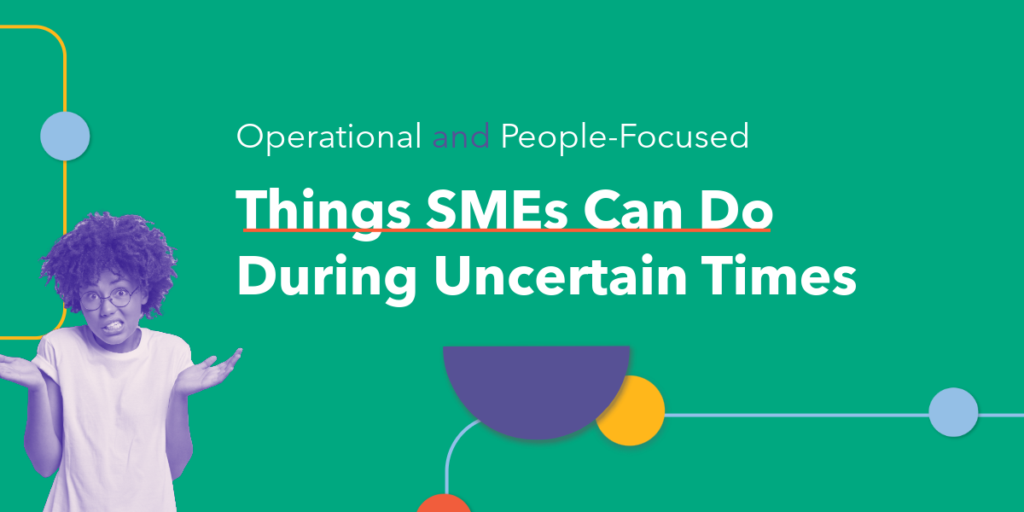This is part two of a two-part article series. Read part 1 “Good Cop or Bad Cop? Demystifying HR’s Role” here.
In the evolving world of Human Resources (HR), crafting a strategic approach is not just about responding to immediate needs; it’s about shaping the long-term success of the organization, including adapting to often complex and changing needs.
A well-thought-out HR strategy integrates both the structured consistency of policy-driven HR and the empathetic, flexible approach of people-driven HR. When these elements work in harmony, they create a thriving workplace that fosters both organizational excellence and employee well-being.
Key Components of HR Strategies
Here are some of the most important elements that go into an HR strategy and a brief summary of what they include:
- Talent Acquisition and Recruitment: Establishing processes to attract, select, and onboard qualified candidates who align with the organization’s culture and objectives. This includes employer branding, diversity initiatives, and leveraging technology for efficient recruitment practices.
- Employee Development and Training: Designing programs to enhance employees’ skills, knowledge, and competencies to prepare them for current and future roles. This aligns employee growth with organizational needs and creates career pathways for sustained engagement.
- Performance Management: Implementing systems to set goals that align with the organization’s strategy as well as personal development plans, evaluate employee performance, provide feedback, and encourage improvement. Integrating structured processes with empathetic and accountable leadership ensures a balanced approach.
- Compensation and Benefits: Creating competitive, innovative, and fair pay structures, incentives, and benefit packages to attract and retain top talent, that align with the organization’s culture. Aligning this with market trends and employee expectations fosters trust, engagement, and satisfaction.
- Workforce Planning: Anticipating future workforce needs ensures the organization has the right number of employees with the right skills, hired at the right time. This includes succession planning and proactive talent pipeline development.
- Employee Engagement and Retention: Building initiatives that foster a positive work environment, enhance job satisfaction and reduce turnover. Wellness programs, employee surveys, recognition systems, and professional development/career growth opportunities are pivotal.
- Diversity, Equity, and Inclusion (DEI): Promoting a diverse and inclusive workplace that values all employees’ perspectives and ensures equitable opportunities. Embedding DEI in recruitment, policies, and culture strengthens organizational resilience.
- Compliance and Risk Management: Ensuring adherence to labour laws and regulations while minimizing risks related to employment practices. This also involves creating clear policies on discrimination, harassment, and workplace behaviour.
- Leadership Development and Succession Planning: Identifying and developing future leaders to ensure the continuity of key roles within the organization. Structured leadership programs empower managers as strategic partners.
- Organizational Culture and Change Management: Strengthening the organization’s values and culture while managing transitions effectively to adapt to business changes. Supporting employees during these transitions enhances loyalty and
morale.
You may ask, why do all these elements matter? What is the business case for good HR? Well…
Embedding Organizational Culture in Strategy
Part of HR’s role is to ensure the organization’s core values and culture are embedded in policies, legal compliance and day-to-day operations. This alignment helps create a cohesive environment where employees feel connected to the company’s mission, which can produce positive benefits for the organization, such as reduced turnover and improved productivity, to name two examples. Good HR strategy is a ‘win-win’.
Looking at the list of Key Components of HR Strategies above, each element may have a different opportunity to incorporate values and culture. An HR professional can help shepherd the process of how to do this strategically.
Investing in People: Development and Engagement
An organization’s success is deeply connected to the growth and satisfaction of its employees. A strong HR strategy actively fosters an environment where employees feel supported, valued, and motivated to contribute their best work. By prioritizing development and engagement, organizations not only enhance individual personal and professional growth but also build a committed and high-performing workforce.
Adapting in a Changing World
For HR strategies to remain effective, they must be dynamic. The workplace landscape continues to evolve due to shifts in technology, workforce expectations, and societal changes. Organizations that proactively adjust their HR approach—such as embracing remote work models and prioritizing mental health support—will be better equipped to meet both employee needs and business objectives. This flexibility reflects the value of a people-driven approach within a structured framework.
Read: Good Cop or Bad Cop? Demystifying HR’s Role
Summary
By integrating these strategies into its overall operations, an organization can create a thriving workforce that drives success while prioritizing employee well-being and organizational resilience.
Our team of HR experts can help guide and support an organization’s HR strategy. If you’d like to learn more, they are happy to have a conversation about your organization’s needs.










